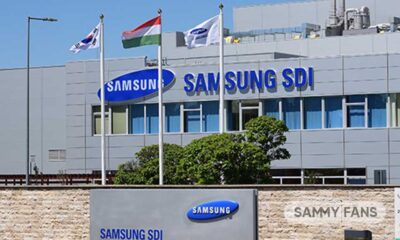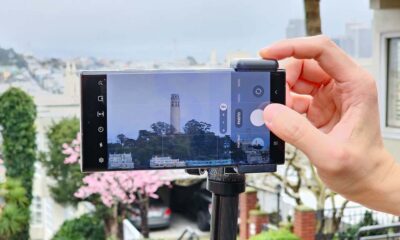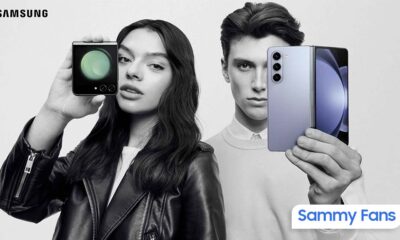News
Samsung interested in Nokia Networks to challenge Huawei, Ericsson
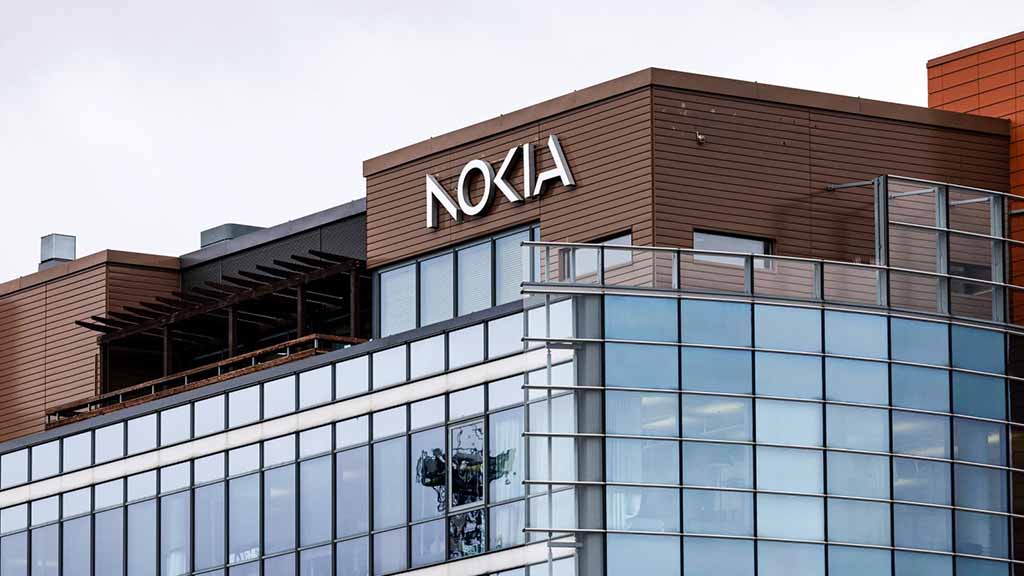
Samsung is reportedly interested in acquiring Nokia Mobile network assets. Bloomberg citing anonymous sources claims that Nokia’s network assets have attracted interest from several companies, including Samsung Electronics.
Nokia has been struggling to compete with major players like Huawei in the telecommunications equipment industry for several years. Therefore, the company considering selling its mobile network division to find new growth drivers.
The Finnish firm’s network division supplies base stations, wireless technology, and servers to network operators globally. This division accounted for about 44% of Nokia’s total revenue last year, making it the largest segment.
Nokia’s mobile network assets consider selling part or all of the division to spinning it off or merging with a competitor. However, the discussions are in the early stages, rendering it uncertain which direction Nokia will choose.
Sources estimate that the total acquisition amount could reach $10 billion. If Samsung acquires Nokia’s mobile networks assets, it would enhance its competitiveness. Well, Nokia denied the reports while Samsung hasn’t provided a separate statement.
There’s no doubt that the South Korean tech giant is strong in smartphones and memory semiconductors. However, the company’s scale in the telecommunications equipment sector is smaller than Huawei and Ericsson.
News
Rumor: Samsung Galaxy S25 Plus front look could be intact

Samsung Galaxy S25 Plus could look the same as S24 Plus from the front. The company has reportedly reduced side bezels on the vanilla and Ultra variants. Meanwhile, the lineup’s middle child could introduce no bezel refinements.
The Galaxy S25 Plus could have wider bezels than S25 and S25 Ultra. Tipster IceUniverse claims that the move is aligned with differentiating the Plus from Ultra. It’s also said that the recently leaked renders have frame appearance errors.
The S25 Ultra is said to be slightly thicker and more squarish than the S25 Plus. This is highly due to identical display size with a difference of only 0.1mm. The backplate will have notable differences due to distinct cameras and sensors.
Samsung’s next-gen flagships will likely debut in January next year. Details about the upcoming phones are floating heavily, fading the One UI 7 trend. However, things may change with time as early rumors couldn’t be considered final specs.
A bad news,S25+ will be the widest bezel among the three models, which is almost the same as S24+.
It may be that Samsung did this on purpose to make way for S25 Ultra.
Among the three models, the narrowest bezel is S25 Ultra. pic.twitter.com/CaEPyeooAC— ICE UNIVERSE (@UniverseIce) September 17, 2024
I have a more accurate CAD than onleaks, which contains lines that were missing before, so I know this.
— ICE UNIVERSE (@UniverseIce) September 18, 2024
The Galaxy S25 Plus could be equipped with a 4900mAh battery. Similar to the S24 Plus, it would support 45W fast charging technology. Yet, you can expect even longer battery performance due to the enhanced application processor.
Samsung will either use Exynos 2500 or Snapdragon 8 Gen 4. Both chipsets will be developed using the next-generation 3nm chipset. Improved display technology may further push the power efficiency, offering even more juice to run.
News
[Report] Samsung Foundry Division undergoes major restructuring

Samsung Foundry is not doing well with the newest cutting-edge technologies. Now, a new report from a Korean media outlet suggests that Samsung could begin DS Division restructuring by year-end, aiming to break down silos.
According to ChosunBiz (via TrendForce), Samsung plans a major shuffle in the DS (Semiconductor Foundry) Division. The move is aimed at addressing issues like lack of communication and team self-interest.
Additionally, Samsung is also facing competition in the DRAM market, falling behind SK Hynix in HBM and DDR5. TrendForce highlights that the company needs to go beyond restructuring to fundamentally change its organization.
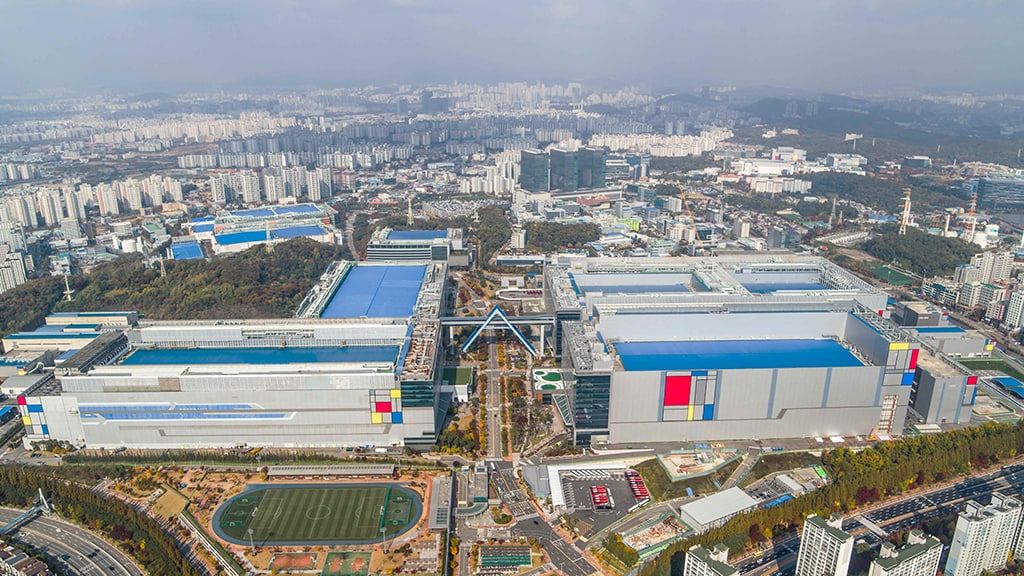
Samsung’s DS division reportedly planning to strengthen collaboration processes by integrating existing team-based structures into a project-centered model, to resolve issues arising from the siloed operation of departments.
Recently, it was reported that the company is planning to cut up to 30% of its workforce in the future. The Korean tech giant’s Foundry business is struggling due to various issues, including low yields for the 3nm GAA process.
Earlier, The Korea Times reported that yield for Samsung’s 3nm process remained in the single digits until Q1 this year, and slightly improved to about 20% in Q2. The company needs the yield rate to be at least 60 percent to trigger mass production.
A Samsung spokesperson cited by Chosun Biz admitted that there continues to be a disconnection between the departments developing new processes and those responsible for mass production, with serious issues arising from the shifting of blame for failures.
News
Samsung Galaxy Watch 5 joins historic SpaceX Polaris Dawn mission

Samsung Galaxy Watch 5 joined the historic SpaceX Polaris Dawn mission. The company has recently announced the return of its smartwatch from space post-completion of a space mission aboard SpaceX’s Polaris Dawn.
SpaceX launched its Polaris Dawn (spacewalk) on September 10, which returned safely on the 15th. Samsung today disclosed the Galaxy Watch 5 was “used in a study to monitor the body composition of astronauts” in the Polaris Dawn mission.
Galaxy Watch x SpaceX
Sending the smartwatch to space in a flagship SpaceX mission wasn’t a general task. Samsung collaborated with different US authorities and institutions so its Galaxy Watch is eligible for joining the spacewalk mission.

Polaris Dawn Returned to Earch | Via: Hindustan Times
Samsung says the study was conducted to monitor the human body’s response and health status in a space environment. The company’s Galaxy Watch 5, launched last year, was used in the study to monitor the body’s response of astronauts.
The Pennington Biomedical Research Center at Louisiana State University and the University of Hawaii Cancer Center have announced that the body composition values measured with the Galaxy Watch showed a high correlation of 93% to 97% with the results measured by clinical equipment, such as dual-energy X-ray absorptiometry (DXA) and bioelectrical impedance analysis (BIA).

Image: Polaris Program
Notably, the human body’s response and health status in a space environment are completely different from Earth’s. The study was conducted to prevent muscle loss, hence, astronauts wore the Galaxy Watch 5 to experiment.
Samsung’s Watch is way more preferable compared to conventional body composition monitoring gadgets. The Galaxy smartwatch reportedly offered smooth space health research with its accurate monitoring capabilities while being easy to wear.
Body Composition:
Galaxy Watch’s Body Composition feature is supported by Samsung’s BioActive sensor. It allows users to accurately understand physical conditions by analyzing skeletal muscle mass, basal metabolic rate, body water content, and % of body fat.

